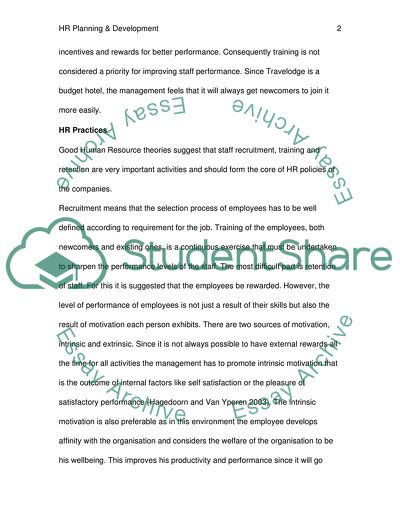Cite this document
(“Human Resources Planning and Development (Hilton Hotels) Essay”, n.d.)
Human Resources Planning and Development (Hilton Hotels) Essay. Retrieved from https://studentshare.org/miscellaneous/1546912-human-resources-planning-and-development-hilton-hotels
Human Resources Planning and Development (Hilton Hotels) Essay. Retrieved from https://studentshare.org/miscellaneous/1546912-human-resources-planning-and-development-hilton-hotels
(Human Resources Planning and Development (Hilton Hotels) Essay)
Human Resources Planning and Development (Hilton Hotels) Essay. https://studentshare.org/miscellaneous/1546912-human-resources-planning-and-development-hilton-hotels.
Human Resources Planning and Development (Hilton Hotels) Essay. https://studentshare.org/miscellaneous/1546912-human-resources-planning-and-development-hilton-hotels.
“Human Resources Planning and Development (Hilton Hotels) Essay”, n.d. https://studentshare.org/miscellaneous/1546912-human-resources-planning-and-development-hilton-hotels.


